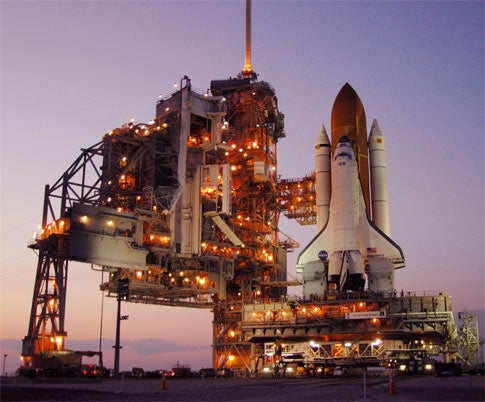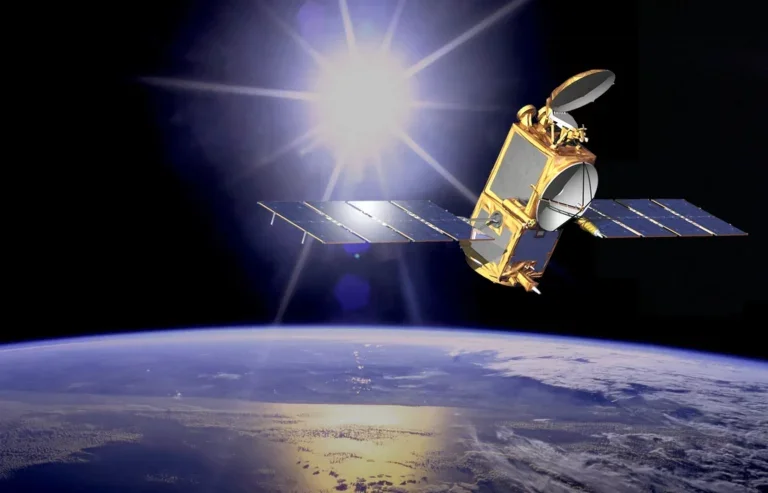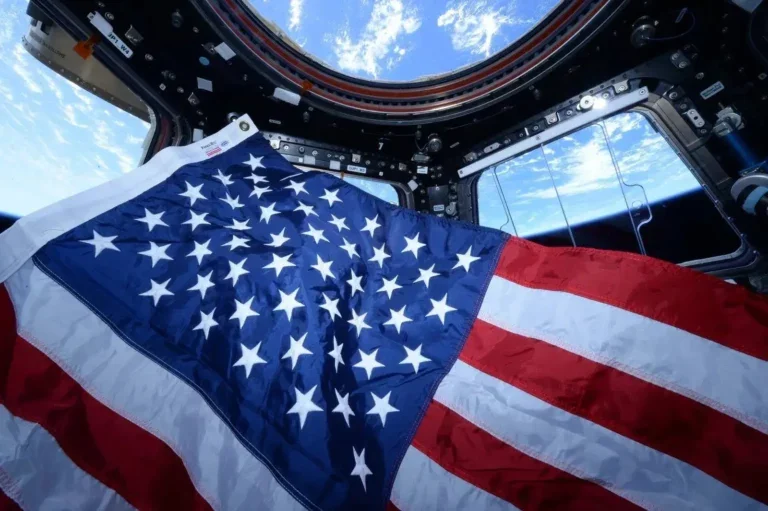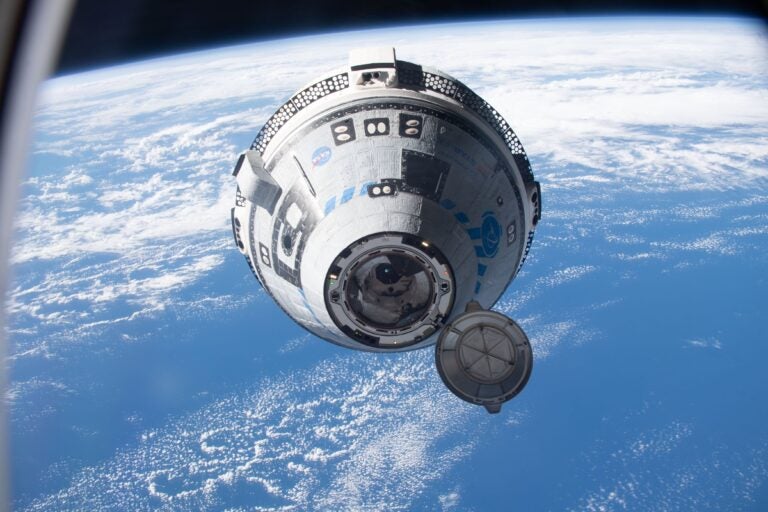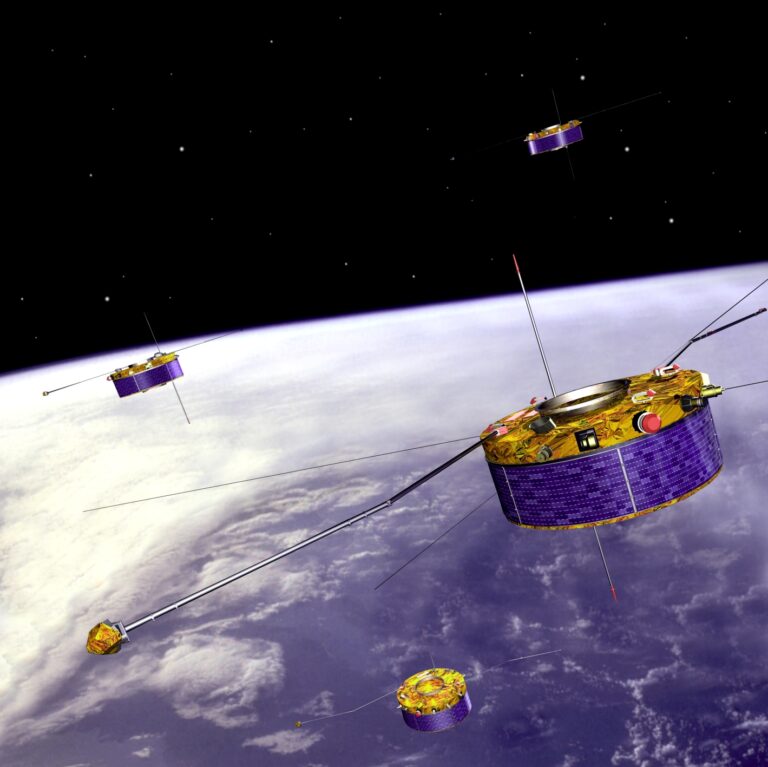Scientists hoping to eke out a few more years for the Hubble Space Telescope will be closely watching the upcoming launch of space shuttle Discovery, which is scheduled for liftoff Saturday afternoon.
A successful flight would go far toward easing NASA’s concerns about sending a shuttle to Hubble for a fifth and final servicing call. All other flights on the shuttles’ manifest are to service the International Space Station (ISS), which could serve as a temporary haven for shuttle members if their ship sustains Columbia-like damage during launch. Hubble-bound crews could not make it to the station in case of an emergency.
NASA has spent 3.5 years — and more than $1 billion — to fix problems exposed by the February 1, 2003, loss of Columbia. The shuttle was hit by a piece of foam insulation that fell off its fuel tank during launch. The debris struck the ship’s wing, leaving it exposed to superheated atmospheric gases as Columbia headed home for landing 16 days later. All seven astronauts aboard were killed when the shuttle broke apart over Texas.
After the accident, NASA canceled the shuttle’s house call to Hubble, saying it was too risky to fly crews anywhere but ISS. The backlash was swift and harsh.
When the agency’s new administrator, Michael Griffin, took office, he pledged to reconsider the mission if the shuttle’s new fuel tank and other safety improvements proved successful.
The tank failed its first test-flight in July 2005, prompting a second round of redesigns. Now NASA is ready to try again.
NASA expects to decide by October if the shuttle is safe enough for a Hubble visit, which likely would occur in late 2007 or early 2008. “I’m going to be holding my breath when this shuttle launches,” says Ray Villard, an astronomer and spokesman with the Space Telescope Science Institute in Baltimore.
The observatory, which was launched in 1990, is in good condition, although a recent electronics problem has temporarily halted use of the telescope’s primary camera, the Advanced Camera for Surveys.
If a Hubble mission is approved, astronauts will replace the observatory’s gyroscopes, batteries, and other life-extending gear, as well as install a new camera and a highly sensitive spectrograph, which can split light into component wavelengths.
“There are so many wonderful things we can do with the new instruments, but, of course, flight safety comes first,” says Villard.

